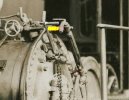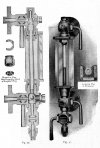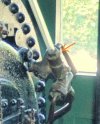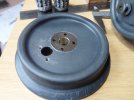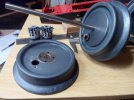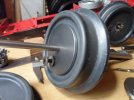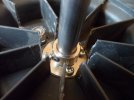Well, it has been a while since I last posted on this thread, but I had been concentrating mainly on the railway extension, although for the last few weeks another bout of illness has kept me from any other activity.
The "little engine" does need some essential work on both the mechanicals and electrics, issues that have been especially highlighted by operation on the new loop! With the machine being our only motive power at present, I have been restricting it's use and keeping a very wary eye on the problem areas when running was called for! I had hoped that the new "Speeder" would be a fairly straightforward and temporary replacement for this summer season, allowing me to wait until the coming winter to carry out a thorough overhaul, but circumstances have conspired to cause some delay!
Now that I am recovering, I feel ready to start again. Several and various parts have been ordered for both locomotives, but as they are coming from different sources, the delivery is a bit awkward and erratic! While waiting for key components to turn up, I have decided on a change of plan, and make a start on dealing with the most pressing issue on the engine:
Quite some time ago, I had spent far too long worrying, and not enough doing about the odd. plastic driving wheels. To date, they have worked surprisingly well, but there is clearly a weakness at the original, 8mm bore hubs on the leading pair. I was torn between home-made remedial measures, or replacing the whole shebang with "proper" steel wheels all round! It was not so much the cost of the suitable four and a half inch, plain disc wheels, (then at £14 each) but the prospect of having to ask for assistance with machining them for new crankpins and making collars for fitting on two different diameter axles! I had got as far as acquiring a pair of pillow block bearings, some rod and tube, plus 12mm bore flanges and four flat steel discs (cut to my specified size) for a "bodge" job on the existing arrangement, but ended up putting the cache aside for a later date!
While assuming that the SMR Engineering, 7 1/4 inch, Narrow Gauge profile wheels (now £17 each) might be appropriate, I could not be absolutely sure. A couple of days ago, I decided to cut out a full size template - albeit slightly roughly (!) - just to check...
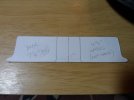
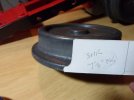
It is a bit of a "no-brainer" isn't it?
To quote a friend; "At that price, it is almost an insult not to buy!"
Such good value is not likely to last for much longer I fear, so as soon as funds permit, I will go ahead and order!
Even if I do manage to obtain a set before the end of next month, I would still like to allow plenty of time for setting up. A straight swap is not really practical, so I have decided to carry on with the original idea. At least I will still be able to run trains on the railway for the remainder of the season!
One thing that the terribly sharp curve has regrettably revealed is the desperate weakness of my original front end suspension...
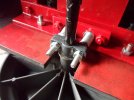
It had been absolutely fine on the gentle curves, but on the loop, excessive play fore and aft was allowing the axle to twist in between the quartering strokes. The "creep" friction was trying to turn the axle into the curve!
Despite the appalling stresses such a hammering effect was having, I was utterly astounded by how little wear was showing in the bare coupling rod bearings when I took down the motion - especially considering the mileage we have been clocking up!
Even though I had always preferred the idea of fitting sealed ball races in the big ends later, it would almost seem as if any concerns I might have were quite unfounded, and perhaps bearings might even be an unnecessary luxury?!
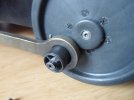
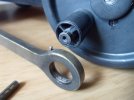
For the new (temporary) repair work, I shall be perfectly happy to keep the old arrangement just as it is - albeit re-set on new metal crankpins for the rear driving wheels!
As planned, I have cut away the old hubs and removed the original large crankpins to provide completely flush wheel centres - over which I can then fit the new steel discs...
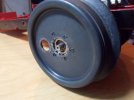
Just to show how peculiar I am; I have centred, drilled, tapped and fitted the crankpins on the leading pair of discs before doing the rears (already prepared) - so hey-ho, there you go!
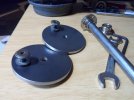
The 12mm bore flanges will be fitted to the back of the discs with machine screws, tapped and driven from the rear, with their ends filed flush, and hopefully almost invisible on the outer face once painted?!
When set up on the axles, I will similarly fit more screws through the plastic wheel centres, this time with large washers in the segments between the hidden "spokes" to firmly fix the whole assembly.
One nice feature of the finished job will be a much more accurate appearance to the wheelsets - with the centres flush with the axle ends and tyre rims, save the narrow recess all round.
It should all keep me busy for the next few days - and get the trains running again - for a wee while longer anyway!
Pete.

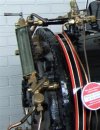
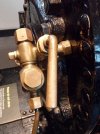
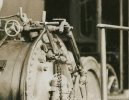
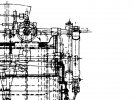
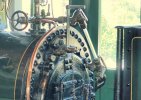
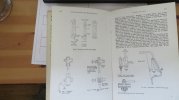
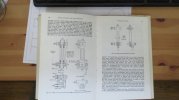
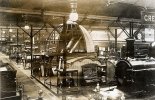
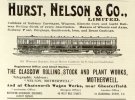
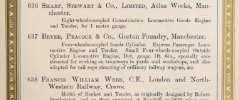
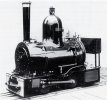
 after much thought I realise that I am still not sure about the answers so generously provided!
after much thought I realise that I am still not sure about the answers so generously provided!